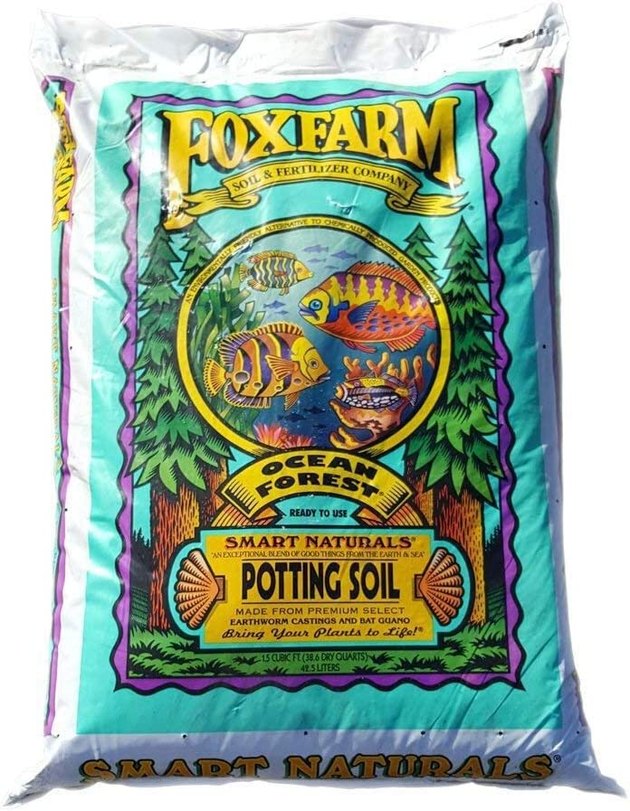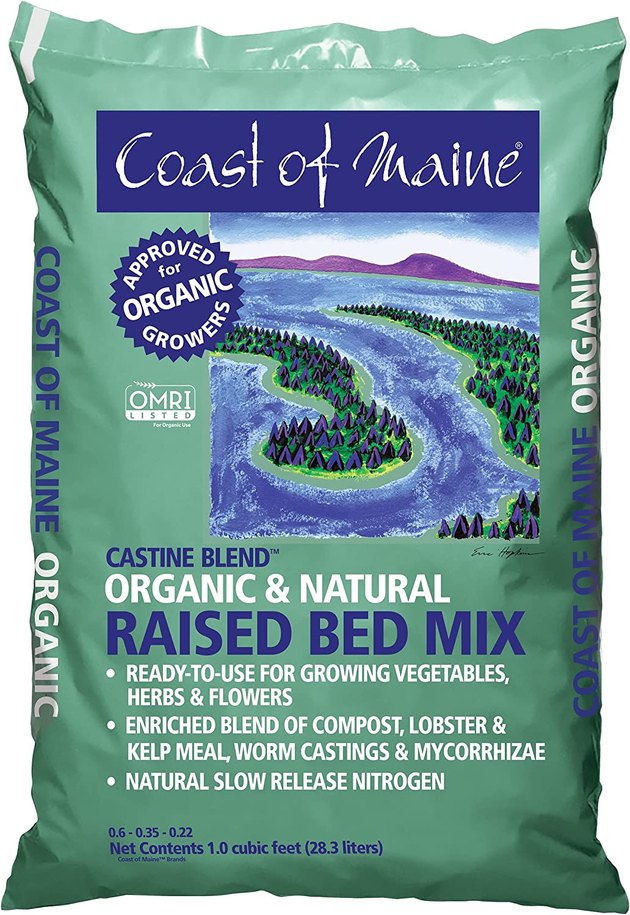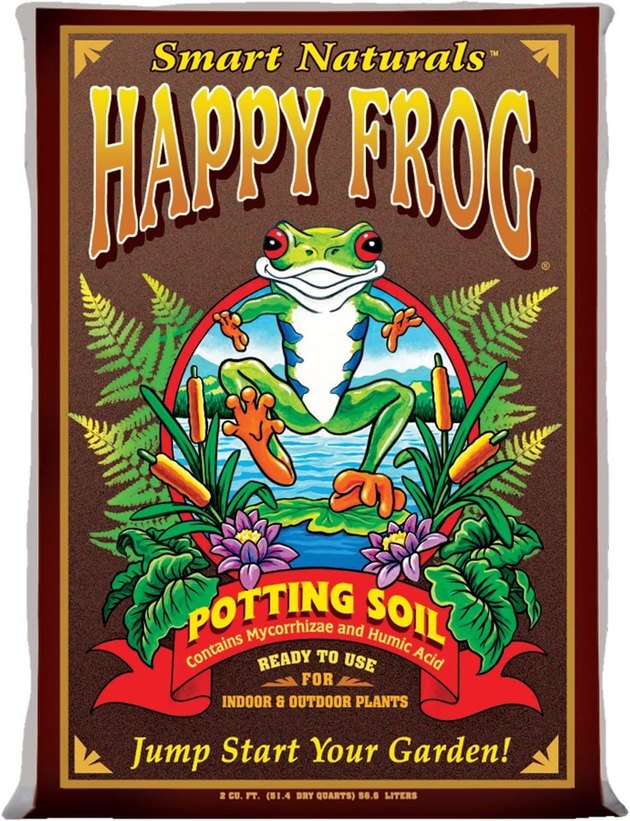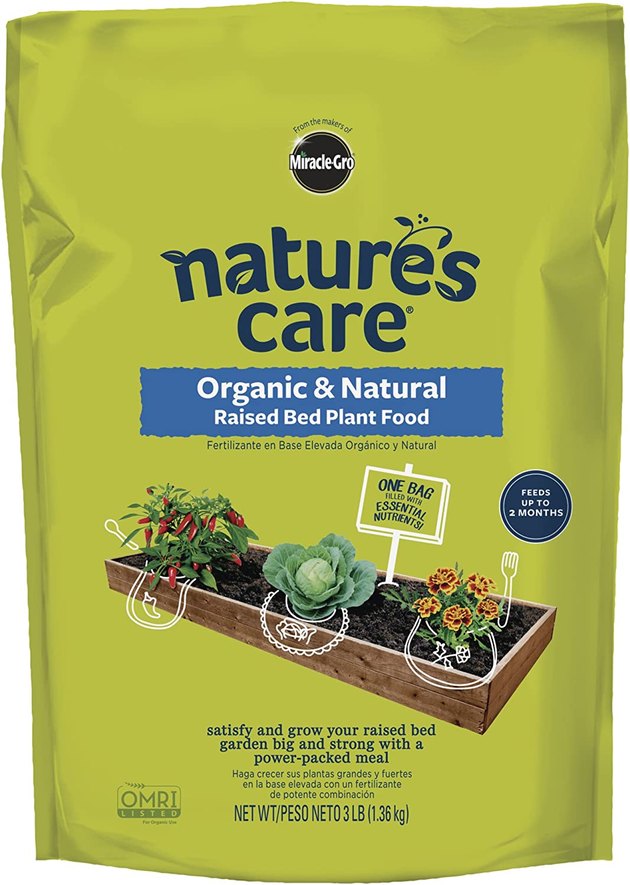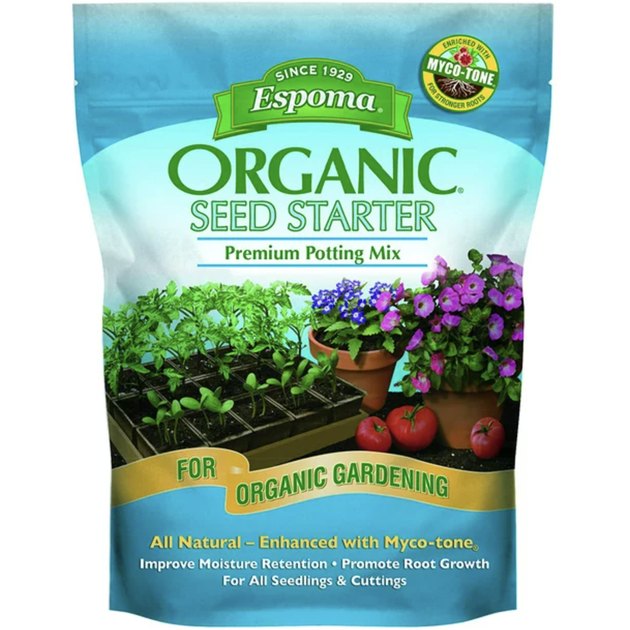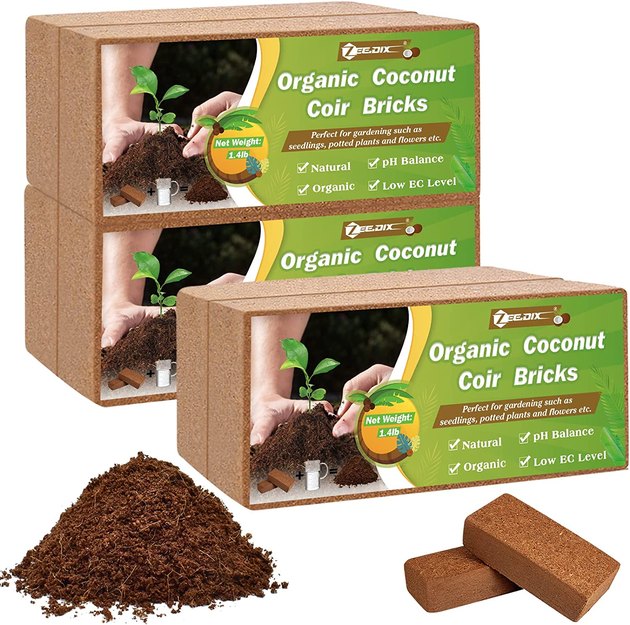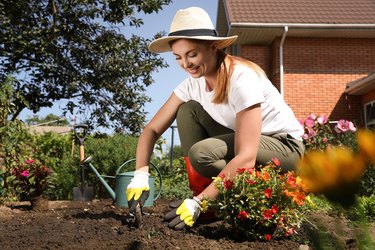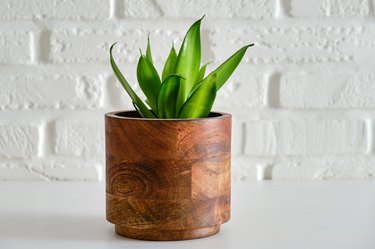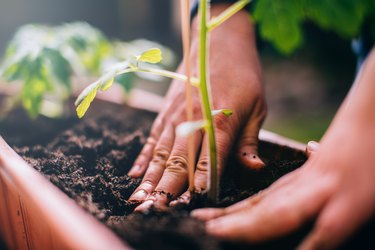
Growing your own food is a deeply satisfying hobby, one that's all the more appealing after a few years of shortages at the grocery store. Whether your ambitions are to ease your food bill, enjoy fresher produce or actually earn some measure of self-sufficiency, a vegetable garden can help you achieve them all.
Of course, it's not that simple. Some of us have poor soil or limited growing space. For those situations, you might need raised beds, planters, or even small pots and window boxes. That means finding the best potting soil for growing vegetables, whether you're cultivating them indoors or out. Stay tuned as we pick a half-dozen of our favorites, and explain why they're better than the competition.
Video of the Day
Video of the Day
What to Consider When Purchasing Potting Soil for Growing Vegetables
Indoors or Outdoors: Where will you be growing vegetables: Outdoors in your garden? In a patio planter, raised beds or containers? If it's for outdoor use, how's your climate? Those are crucial questions because the soil in raised beds and containers tends to dry out faster than garden soil in in-ground beds. That in turn means that bagged soils for container planting are mixed to retain water. That's a positive in the intended use, but outdoors—if you garden in a climate with summertime rains—your plants might drown. Conversely, if you're in an arid climate, you might find that it's a benefit. There's no right or wrong, it's just a question of picking the best product for your usage.
Fertilizer Content: A lot of potting soils, including several of the best-known and most popular, include fertilizer in their mix. That's great for flowers and herbs, but for most vegetables it's counterproductive. It leads to lavish growth of vines and leaves, but does little to promote fruiting or root growth (the most important things with vegetables). A nicely balanced potting soil provides all the nutrients your vegetables will need in order to flourish without the extra nitrogen they'd get from a chemical fertilizer.
Blend Ingredients: All of the ingredients in potting soil are there for a reason, but the specific ingredients—and their proportions—will vary. They generally include some form of bulk compost (decomposed tree matter, cornstalks or other plant matter) materials to aid moisture retention, along with peat, coconut coir or minerals such as perlite or vermiculite, as well as nutrient-rich ingredients such as manure or bat guano, fish byproducts, kelp and similar materials. Some blends also contain a measure of sand, clay or sterilized topsoil. If you're planning to use the bagged soil as top-dressing or a soil amendment in your beds, you'll want lots of organic material. If you're planting prolific, heavy-feeding vegetables like tomatoes, you'll want lots of nutrients. In planters or sandy soil, you'll want lots of water retention. The bottom line? Read the labels closely before you make your purchase.
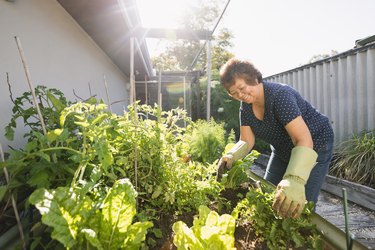
The Best Overall Potting Soil for Growing Vegetables
Fox Farm is a relatively new player compared to Miracle-Gro and other longtime favorites, but has quickly become a top pick among dedicated gardeners. While potting soil was traditionally sterilized, Fox Farm promoted the contrarian position (now widely accepted) that a soil's fungal and bacterial ecosystem contributed mightily to plant growth. This particular blend contains bat guano (a potent natural fertilizer), fish emulsion, crab meal and worm castings, as well as peat moss and decomposed "forest products." That means it's rich in micronutrients that less complex bagged soils won't usually have, which is great for your vegetables. The wood byproducts and peat contribute volume, aeration and moisture retention, making this soil a great all-rounder. It's Fox Farm's most popular mix, and for good reason.
Tip
Every cubic foot of potting soil is roughly equal to 7 1/2 gallons—if you're planting in containers—or an inch-deep layer of top-dressing over 24 square feet of a garden bed.
The Best Potting Soil for Raised Vegetable Beds
Coast of Maine's organic raised bed soil mix, like our top choice from Fox Farm, is made from a mixture of ocean-based ingredients—kelp and lobster meal—and terrestrial ingredients, including poultry manure, peat and compost. Coast of Maine casts an even wider net, though, including ingredients such as biochar, which helps prevent nutrients from leaching away; mycorrhizae, which promote symbiotic relationships between your plants and fungi; greensand, a natural fertilizer from the ocean's floor; and lime, which moderates pH. The soil is rich, resists compaction and is easy to work with, ideal for use as an amendment for your existing beds or as a standalone soil to fill your raised beds and planters.
The Best Potting Soil for Growing Vegetables in Containers
Plants grown in containers have pretty specific needs. Their soil has to be rich enough to provide strong initial growth; loose enough to not compact over time; and retain enough moisture to keep your plants healthy but not so much they get waterlogged. Fox Farm's Happy Frog potting soil does all of those things and does them well. It's a stripped-down version of our top-choice Ocean Forest soil, with the worm castings, bat guano and composted forest materials, but without the extra oomph of the marine ingredients. There's still plenty of nutrition here to get your vegetables going, but you'll have more control over which nutrients you add—and when—so you can tailor your added fertilizers to the needs of the specific vegetables you're growing.
The Best Value Potting Soil for Growing Vegetables
Nature's Care is a Miracle-Gro brand, so this product has a pretty long pedigree behind it. The ingredients aren't all specified in the company's sales literature, but it is OMRI listed (which means growers can use it and still call their product "organic"). In this mixture, the nutrients are packed in via alfalfa meal, bone meal, worm castings and kelp meal. It's not going to give you quite as much aeration or as big a nutritional punch as our higher picks, but at this price, it doesn't have to. It'll still give your vegetables a good head start, and you can always up the ante with additional amendments afterward.
The Best Potting Soil for Starting Vegetable Seeds
If you're growing more than a few plants, you can save a lot of money by starting your own transplants from seed instead of buying them at a nursery (and you won't be limited to varieties at your local nursery stocks). Newly-sprouted seedlings are delicate and can't be permitted to dry out, and Espoma's Organic Seed Starter Mix is packed heavy on peat and perlite—moisture-retaining ingredients—and also contains mycorrhizae to help stimulate strong, healthy root growth. This 8-quart bag is smaller than most of our other picks, but you won't need a whole lot of it to fill your seed-starting cells.
The Best Soil Amendment for Growing Vegetables
Peat is a popular choice for adding organic material and moisture retention to your vegetable beds, but it has a couple of problems. One is that if it does dry out, it's very hard to rehydrate: It becomes hard, and water tends to roll off. Another is that it's not especially sustainable, stripping out ecosystems that took centuries to accumulate. Coco coir has become a popular alternative, partly because it's a byproduct of the existing coconut industry—and therefore quite sustainable—and partly because it's just flat-out better than peat at aerating soil and retaining moisture. You can actually grow vegetables directly in coco coir (just as you can in straw bales) but it really shines as an amendment for improving poor soils. The six "bricks" of compressed coir in this pack can be rehydrated singly or all at once, giving you the rough equivalent of 1.5 cubic feet of regular potting soil.
